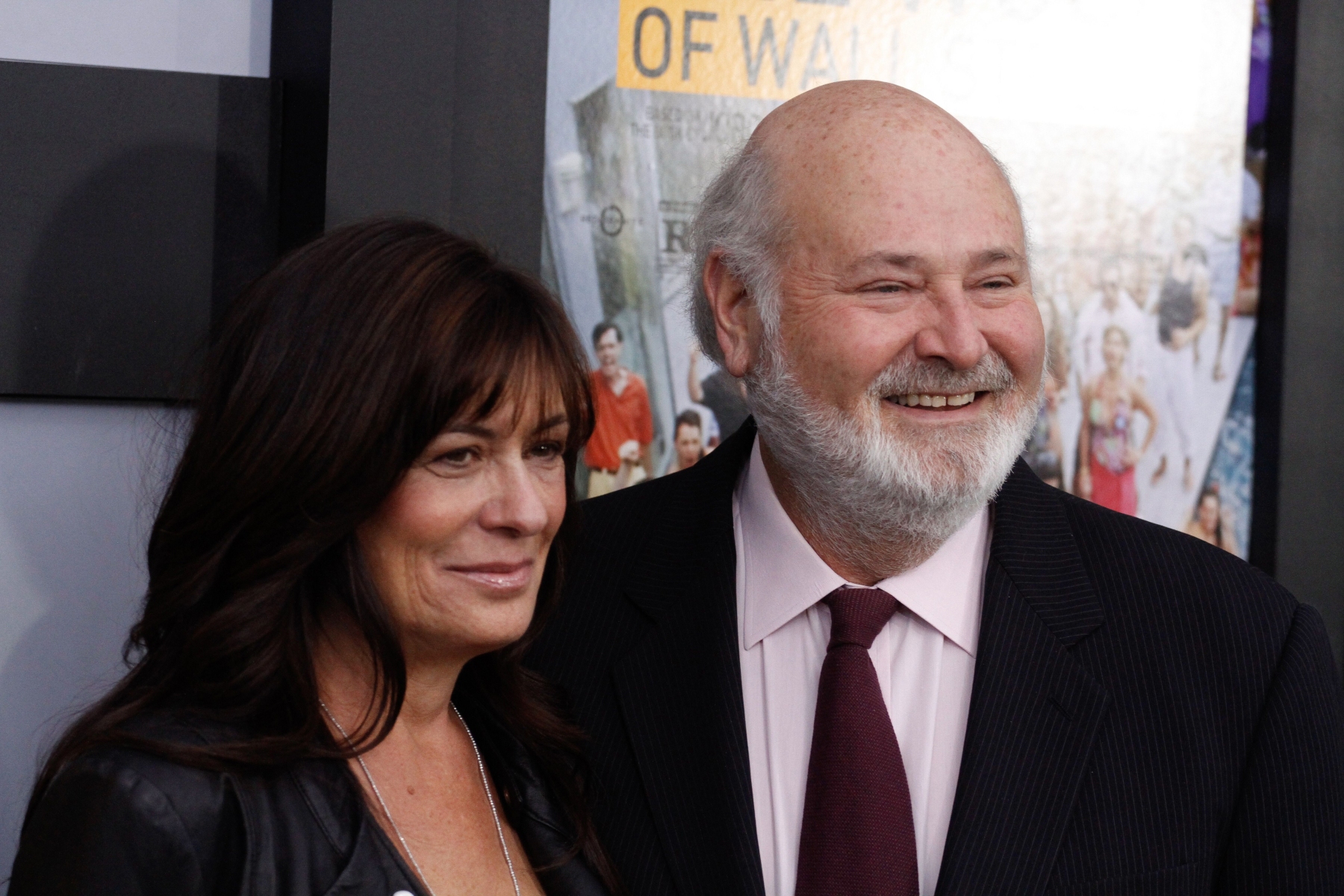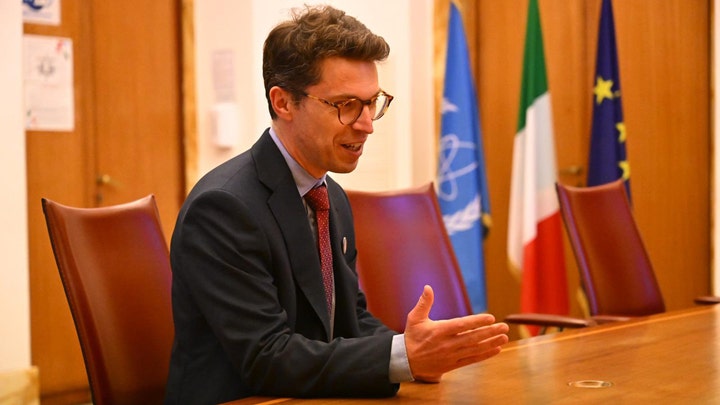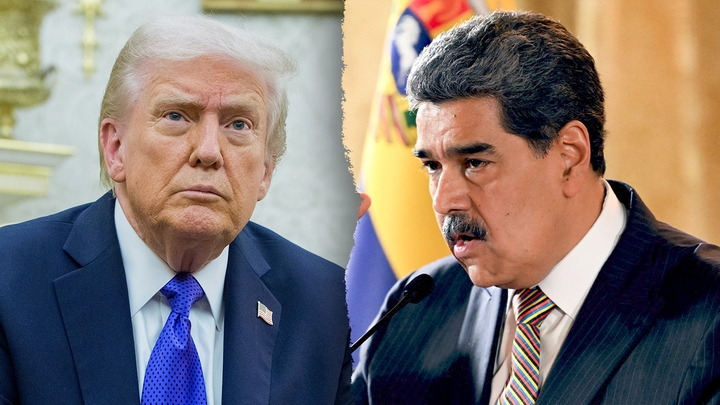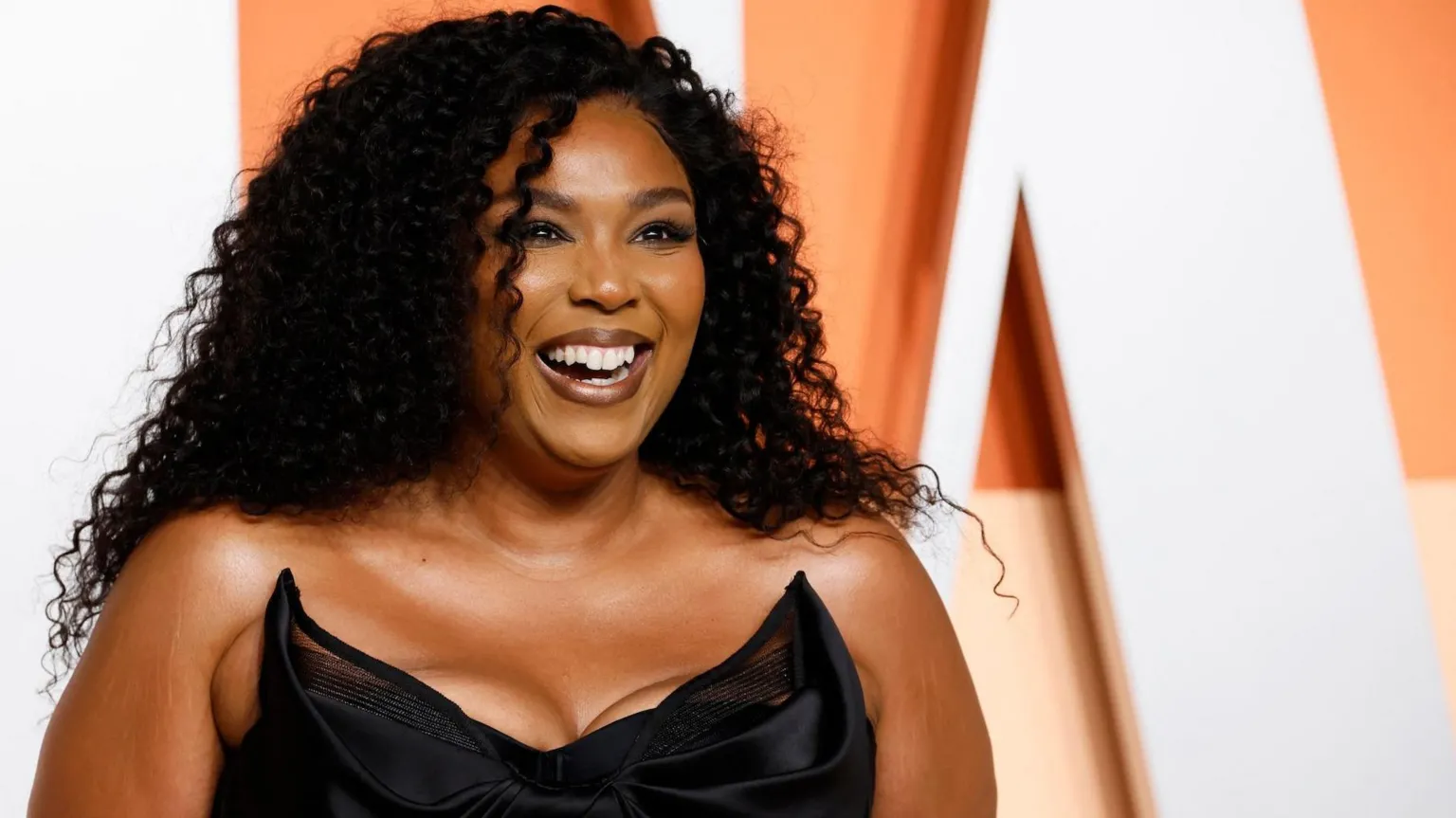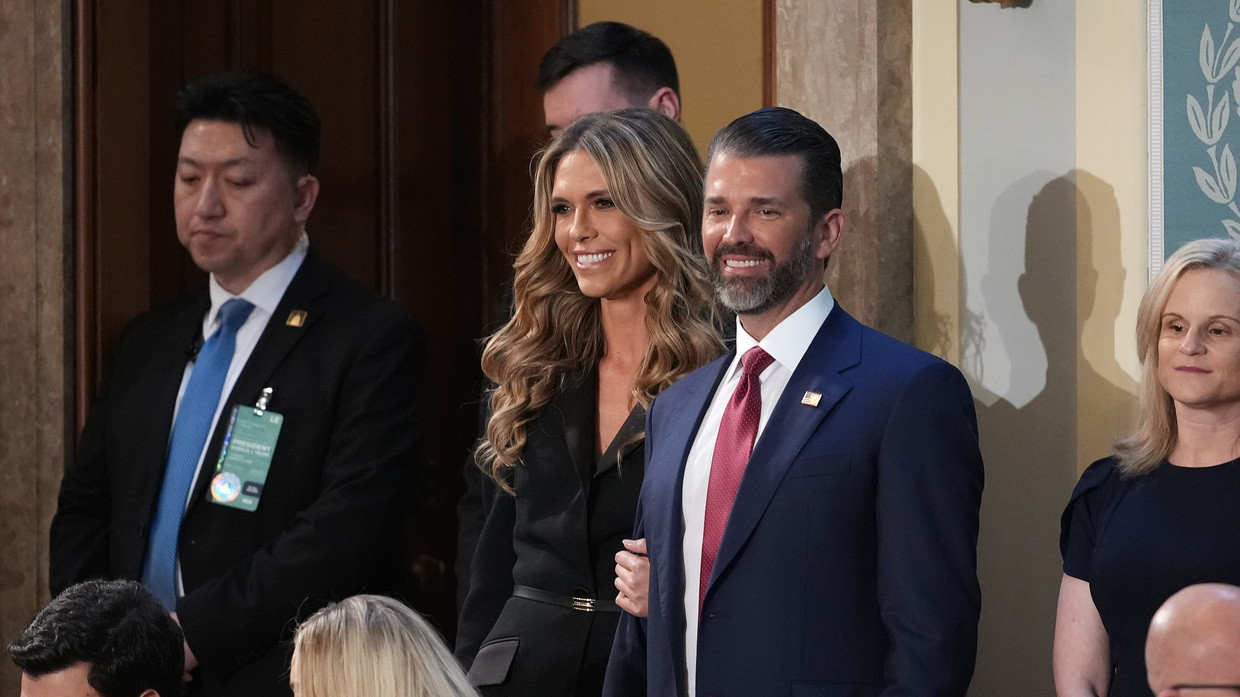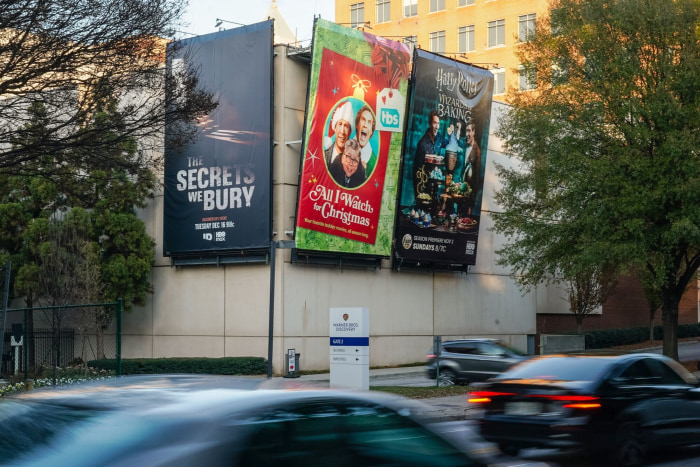
This article is more than
6 year oldResidents in Vallejo, California, demand change after fatal police shootings

VALLEJO, Calif. — Three months ago, in this working-class port city 13 miles south of Napa Valley's rolling vineyards, cellphone video showed a white police officer conducting a traffic stop in which he drew his weapon and then tackled and handcuffed a black Marine veteran who was legally filming from his front porch.
In 2017, four Vallejo officers seen on police bodycam descended on an unarmed white man outside of his woodwork shop, throwing him to the ground and pummeling him with fists, knees and batons as he screamed, "I didn't do anything!"
That same year, an officer responding to a fight at a house party fatally shot a Latino man believing he was wielding a knife.
Last year, an elderly black driver mistakenly turned down a closed street — and said she was met by a young white officer who berated her and left her "extremely shaken."
These handful of police encounters and other cases made available in city records, court documents and police reports and through interviews with residents, attorneys and activists represent what they say is a wider pattern of excessive force and overly aggressive policing in their Bay Area community of 122,000 people, feeding into a belief that there is a lack of transparency and accountability for officers' conduct.
Now, a plea for an outside agency or civil rights group to review the Vallejo Police Department has been renewed by residents and activists after the fatal shooting in February of a young black rapper, Willie McCoy, by six officers — the 16th death involving Vallejo officers since 2011, police records show. In San Francisco, with a population more than seven times Vallejo's, the police department has been involved in 22 fatal shootings since 2011.
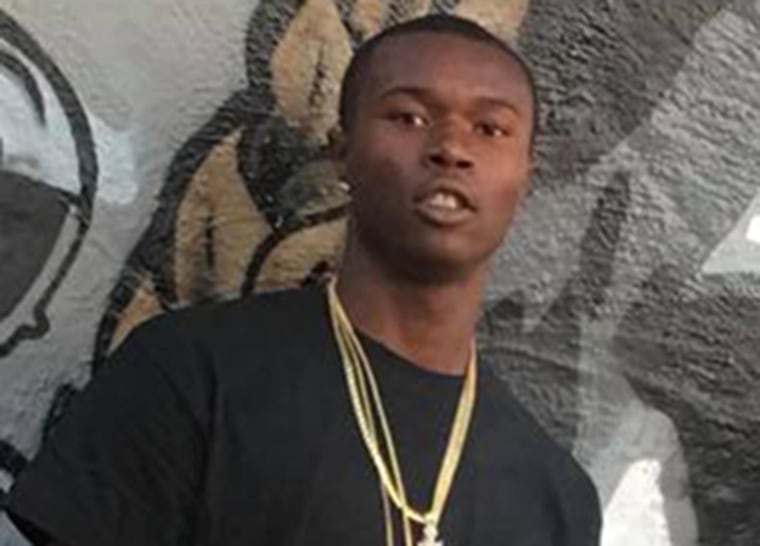
The majority of those killed by the police in Vallejo have been black and Latino men, police records show. The city remains evenly divided among white, black, Latino and Asian residents.
As in Vallejo, similar concerns have been raised in cities across the country over police interactions that can cost millions of dollars in civil lawsuits, sow distrust, and produce questions about whether independent oversight or outside monitoring is warranted.
"Can we not use the O.K. Corral tactics?" asked Askari Sowonde, a longtime black resident of Vallejo who last fall organized a community meeting around de-escalation tactics of the police department. "We've become the wild, Wild West. That has to change. We're losing too many lives."
Attorneys for McCoy's family say he was shot around 25 times. Employees at a Taco Bell called police after they found him slumped over and unresponsive in his car in the drive-thru with a gun on his lap. After officers arrived at the scene, they discovered the car was locked and in drive. The officers were in the process of blocking in the car when McCoy woke up, and police said in a press release that he failed to listen to verbal and visual commands and was shot when six officers surrounding the car believed he was reaching for the gun. His family says the weapon was for protection, and police say it was stolen.
Police Chief Andrew Bidou called the situation a "tragedy."
While the incident remains under investigation by the Solano County District Attorney's Office and the officers were returned to duty three weeks after the shooting, Vallejo police on March 29 released bodycam footage after pressure from the family, saying they did so to "facilitate a community dialogue about the facts of this incident."
Michael Gennaco, a former federal prosecutor and a founder of the California-based OIR Group, which provides independent oversight of law enforcement departments, said the internal review processes for many police agencies just aren't "robust" enough to effectively evaluate officers who have used force to determine if they are still fit to wear a badge.
The Vallejo Police Department does have an Internal Affairs Division, and Bidou can order it to investigate whether officers in use-of-force cases acted appropriately before making a final determination about disciplinary action. It wasn't immediately clear how many officers they have investigated or filed disciplinary actions against.
"When it comes down to it," Gennaco said, "a police agency is only as good as its worst officer."
SHINING A LIGHT
In 2011, Alicia Saddler's mother moved her family to Vallejo to escape the gun violence and crime afflicting their neighborhood in Oakland, about 20 miles to the south. Saddler and her younger brother, Angel Ramos, then 15, settled comfortably into their new community, made up of charming Victorian homes and a shuttered naval shipyard that lured a diverse population.
"Everything was great for a while," Saddler, now 29, said recently, "until the police came in and turned our family upside down."In January 2017, her family was hosting a house party. People had been drinking for hours, and by early morning, a fight broke out.
Vallejo police were called, and Officer Zachary Jacobsen told investigators that he witnessed a brawl occurring above him on a second-story balcony. He said he saw a man — later identified as Ramos — holding a kitchen knife and making a stabbing motion toward another person.
Jacobsen said that he already had his firearm out because of the nature of the call and that he had explicitly "seen the guy who had the knife inside the house," according to Solano County District Attorney's Office documents recently released by the city. Once Ramos appeared and Jacobsen believed he was stabbing the other person, documents indicate the officer fired his gun four times, killing Ramos.
Family members said to investigators the fight involving Ramos began after he was roused from sleep and rushed over to defend his sister amid a larger melee.
Witnesses told police that Ramos, 21, had been holding a knife inside the house and began swinging it at two others. Police said the two others suffered lacerations and one also had an open wound. The knife was taken away from Ramos, and then he reached for a second one. But when the alcohol-fueled fight moved to the balcony, Ramos was no longer armed, his family told investigators.
Attorneys for the family would later say Ramos was making a punching motion, and not a stabbing one. One officer told investigators that Ramos appeared to be making a striking motion with the bottom of his fist, while another officer said that he did not see a knife, but based on Ramos' movements would have also used lethal force if Jacobsen had not shot him, according to the district attorney's findings.
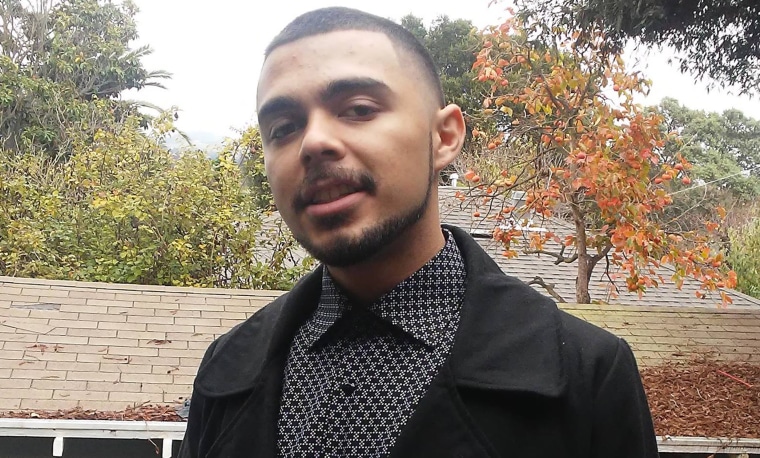
Amid the chaos, police said, no one listened to commands to break away. Saddler was arrested for resisting and obstruction as her brother lay dying beside her. She was never charged with a crime.
A Solano County District Attorney's Office investigation ended last year with officials concluding that Jacobsen, who had been on the force since 2013, "acted lawfully" and he was "in reasonable fear that Angel Ramos was going to murder another person," according to their findings. The office also concluded that "it can be clearly stated that Angel Ramos was armed with a knife," although it was unclear where — either in the house or on the deck — he stabbed someone, according to the report.
The family said they still had questions: Did Jacobsen really see Ramos holding a knife? Why did he fire toward a dimly lit balcony with an obstructed view and with small children and other witnesses close by? And why didn't he deploy a Taser, as another officer had done, or allow another officer with a clearer vantage point to intervene?
Police insisted Ramos was armed, which the family disputed in the months after his death as they held rallies and vigils maintaining that he didn't have to die.
Then, Saddler told NBC News, the harassment began.
She said that officers shined spotlights into the windows of the family's home, flashed emergency lights and blared sirens as an intimidation tactic, and that her request to Bidou, the police chief, to make it stop went ignored.
Bidou did not respond to requests for comment through the department about the family's allegations as well as overall concerns about policing in the city.
Saddler's family filed a federal lawsuit against the department, which alleges wrongful death and the violation of the family's civil rights. The suit, filed in August 2017, says that five months after the shooting, a man claiming to be a Vallejo police officer "accosted" Saddler in a nightclub parking lot and said that her family "needed to quit pursuing legal actions."
The city denied the various allegations in its answer to the lawsuit. A jury trial is set for October.
At a rally in front of Vallejo City Hall in February, Saddler and other families gathered amid a sea of posters with pictures and messages about loved ones who died in police shootings.
"There is no justice for the daily hell that we're living," said Paula McGowan, whose son, Ronell Foster, 32, was fatally shot in 2018 during what police said was a "violent physical struggle" with an officer — who would be one of the six involved in this year's shooting of McCoy. (A lawsuit is pending against the city by Foster's family, and the city in its response has denied all allegations of unreasonable and excessive force. A district attorney's investigation remains ongoing.)
"Something is rotten within the Vallejo Police Department," added John Burris, an Oakland civil rights attorney who grew up in Vallejo and represents several of the families suing the city of Vallejo.
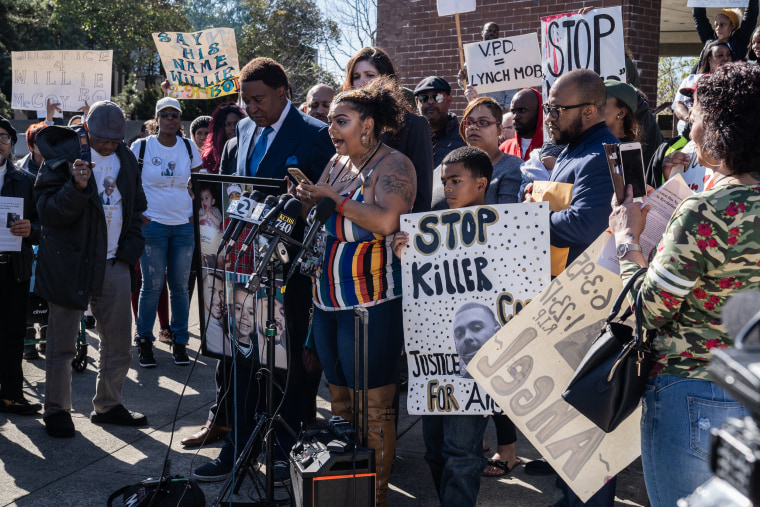
Alicia Saddler speaks outside City
When it was Saddler's turn to speak, she clasped her cellphone in her hands and trembled.
"I never imagined it would be the police that would come and kill my brother," she said. "Why are so many people dying at the hands of these officers? My family has lost all faith and has nothing but fear in our hearts when it comes to cops."
Police did not respond to Saddler's comments. Seven months after Ramos' death, Jacobsen would be involved in another shooting. He and four other officers fired at a man who led them on a high-speed freeway chase and got out of the car holding up a machete and screaming, "Kill me." The officers — believing he was a threat to the public — shot him 41 times, according to the coroner's inquest report. A jury at an inquest hearing last year ruled his death a suicide by police, and found there was no wrongdoing by officers.
Among the officers involved in that case was David McLaughlin, who joined Vallejo's force in 2014 after two years in Oakland. Earlier this year, McLaughlin was in the spotlight again for confronting Adrian Burrell, the black Marine veteran who was filming a traffic stop from his front porch involving his cousin about 30 feet away.
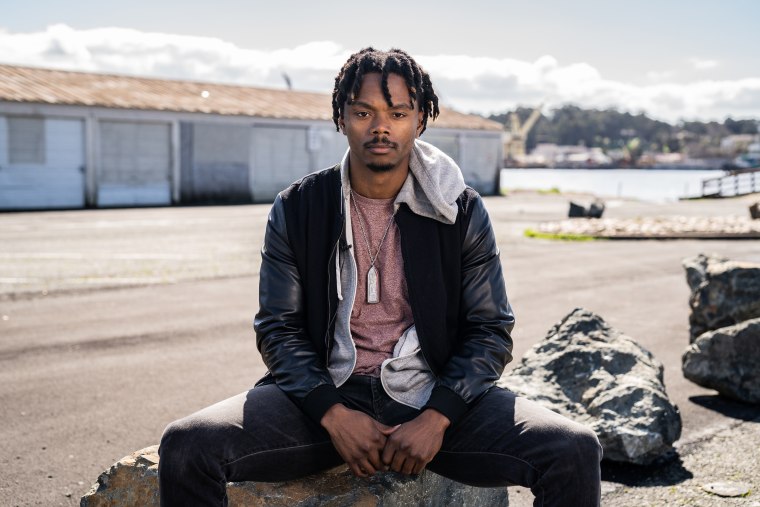
Cellphone video shared by Burrell shows McLaughlin ordering him to "get back" and accusing him of interfering with the stop. He then approaches Burrell and tells him to "stop resisting," at which point Burrell told NBC News he was slammed into a wall and swung into a pole, where he knocked his head and sustained a concussion. He was then handcuffed. Only after McLaughlin learned that he was a veteran with no police record, Burrell added, was he released from the back of a police car.
Bidou called for an "expeditious" internal affairs investigation after Burrell's video began circulating on social media. McLaughlin remains on leave following the incident.
Burrell said he feels fortunate it didn't turn out worse — with him getting swept up in the criminal justice system or losing his life — but he wants to shine a light on the police department after filing a legal claim alleging false arrest and negligence.
The city has yet to respond to that claim.
A 'PROBLEMATIC CULTURE'
The prevalence of cellphone recordings and officer body cameras has opened up Vallejo to increased scrutiny in other cases — and exposed what some say is a web of connections between them.
For instance, an officer in the McCoy shooting, Mark Thompson, was also involved in an alleged use-of-force incident in July 2017 involving a white man named Carl Edwards.
Edwards, 49, said he was tinkering with his fence outside of his woodwork shop when a group of officers "worked in concert" to "viciously beat him," according to a lawsuit filed last September against the city, the police department, the police chief and the four officers.
Bodycam footage purportedly taken from one of those officers, Spencer Muniz-Bottomley, appears to show him pulling up to the scene, walking up to Edwards at his fence and commanding him to "put your hands on your head, bro." NBC News does not know what, if anything, occurred before the footage was shot.
As Edwards begins to question the officer, using an expletive, Muniz-Bottomley immediately pulls Edwards down, and in a matter of seconds, other officers are on top of him. His face and hands are bloodied on the pavement. He shouts repeatedly, "I didn't do anything!" and "Why are you laughing?"
Edwards obtained the video as part of his case, and later found it had surfaced on social media, his attorney, Michael Haddad, told NBC News. According to the lawsuit, Edwards suffered multiple injuries, including head trauma, a broken nose, and cuts and bruises across his face and body.
Haddad said that police were investigating a call about a man using a slingshot on children, and that Edwards was misidentified as a suspect. In addition, he said in the lawsuit, the officers falsified reports claiming Edwards had been identified as having thrown the rocks. Charges of assault with a deadly weapon and resisting an officer against Edwards were dismissed last summer.
Muniz-Bottomley, who was hired in Vallejo in 2015, was no longer with the department last fall, although police officials have not said what led to his departure.
"There's a clear, very problematic culture in the Vallejo Police Department," Haddad said, adding that "I suspect that a lot of community members feel powerless."
"This kind of rampant brutality and lawlessness in the police department can't go on without enablers in the city government," he said.
The city has denied the allegations of wrongful or negligent conduct in Edwards' lawsuit. Efforts to reach Muniz-Bottomley for comment were unsuccessful.
Vallejo Mayor Bob Sampayan referred questions about policing practices and the city's financial costs to the city manager's office and the police department, which did not immediately respond to follow-up calls and emails.
The toll that questionable police conduct takes can be counted in a less apparent way: a city's bottom line.
"One of the most astonishing things to me is when you look at the big cities, they pay out tens of millions of dollars a year, every year," said Samuel Walker, a professor emeritus at the University of Nebraska at Omaha and a police oversight scholar.
For instance, in Oakland, whose police department has been under federal court monitoring since 2003, roughly $3 million was spent annually from 1990 to 2014 to settle police lawsuits, according to an analysis by the independent reporting project Oakland Police Beat.
In Vallejo, civil rights lawsuits and claims in connection with the police department have cost the city more than $7 million in settlements since 2011, according to city settlement records examined by NBC News. (Still pending are about a dozen other cases and claims indicating potential lawsuits.)
The settlements don't imply wrongdoing by the city, but they can be an easier and cheaper alternative than going through the courts.
Last year, City Attorney Claudia Quintana told the City Council that "escalating costs of defending claims and paying claims" were leading Vallejo to drop out from its municipal insurance pool, which it had belonged to since 1987 and helped shoulder the costs of litigation.Previously, the city's risk fund was responsible for paying up to $500,000 of a settlement, and the insurance pool would cover the rest. But the pool's board voted to raise the city's deductible amount to $2.5 million because its losses were "large and disproportionate" compared to other cities. Vallejo, instead, joined a new insurance pool in July.
The financial hardships resonate deeply in Vallejo, which was mired in bankruptcy from 2008 to 2011 as it struggled with a reputation for crime and remained relegated to the fringes of the region's tech boom. Residents lament that the money set aside for lawsuits could have instead gone to pot-holed streets, social services, schools or even additional officers.
The city was paying its officers and firefighters six-figure salaries before last decade's deep recession, after which the police force fell from a high of 158 officers in 2005 to fewer than 95 in 2012. There are now about 100 officers in Vallejo, although local leaders have acknowledged in recent years that the department was "woefully understaffed."
WHAT ABOUT OVERSIGHT?
Critics of the Vallejo police say the department's strained past shouldn't thwart its ability to make substantive changes.
"We have police policing police," Burrell, the ex-Marine confronted filming the traffic stop, said. "It gets swept under the rug. The police department becomes complicit in creating a culture of violence."
The idea that some officers might rack up excessive-force allegations against them or be involved in multiple shootings, including fatal ones, while remaining on duty is exemplified in the case of former Vallejo Officer Sean Kenney. He was involved in three fatal shootings over six months in 2012 — in two he was the lone officer — and was promoted to detective before he was formally cleared in all of the deaths.
Police records show he was involved in a 2017 shooting in which he was hospitalized with minor injuries, and a lawsuit against the city is pending in that case. In the three fatal shootings in 2012, three separate lawsuits filed by the respective families were settled with the city totaling nearly $2.5 million, and the city did not admit liability or responsibility.
Kenney retired from the department in December, and started his own consulting company for law enforcement agencies called Line Driven Strategies LLC. He has since tried to solicit work with the Vallejo Police Department, according to The Vallejo Times-Herald.
He told the newspaper last month that "I wish the shootings and other traumatic events never happened" but also that "we would be foolish not to learn from the good and bad experiences we all experience." Kenney declined to comment to NBC News.
Walker said officers in general are thrown into dangerous and demanding situations as part of the job, and they have legitimate concerns when they feel demoralized by budget cuts, shrinking staff and public criticism.
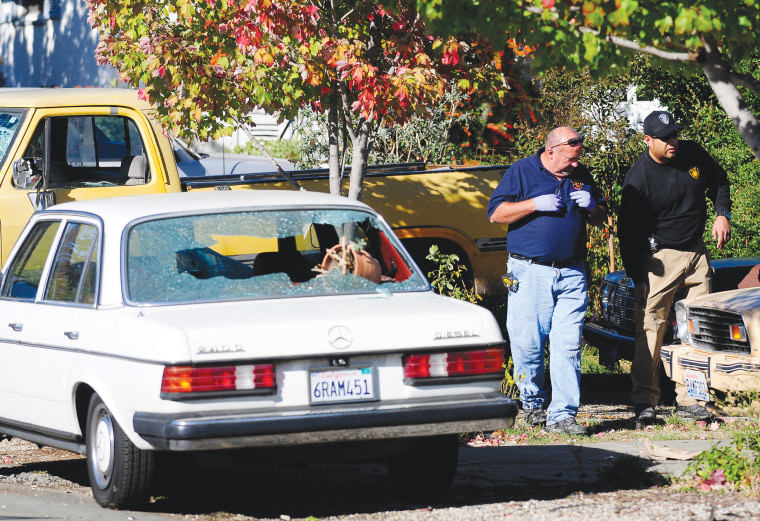
Following the McCoy shooting, the Vallejo Police Officers Association reiterated the challenges faced in making split-second decisions, particularly when a person appears to be armed and fails to follow commands.
"Officers receive countless hours of training to resolve emergency and dangerous situations without having to resort to taking someone's life. That is a massive responsibility that weighs heavily on each officer — in Vallejo and across the Nation," the union said in a statement in February, adding, "It is unreasonable to believe police officers have the skills to shoot someone in the arm or shoot the gun out of their hand. This is real life, not television. Maybe more importantly, we cannot be asked to wait to see if the subject is going to shoot first and hope they miss, potentially injuring or killing an innocent citizen."
Walker said that even if an officer's actions are determined by a department or prosecutors to be justified in case after case, that shouldn't dissuade a reexamination of training and policies for how to best preserve life. From 2010 to 2018, 13 officers in Vallejo were involved in at least two shootings each, according to police records.
"There's clearly something wrong here," Walker said.
The city in 2013 worked with federal mediators from the Justice Department's Community Relations Service to ease tension between residents and the police department after officers fatally shot a man who had a pellet gun inside of his car. That partnership led to a community relations section being formed within the department.
But Gennaco, the former federal prosecutor, said it remains incumbent on a city's leaders and community members to be vocal if they want accountability, an active citizen advisory board or an outside monitor for police.
When it comes down to it, a police agency is only as good as its worst officer."
Such an undertaking can be challenging under the Trump administration.
In 2017, then-Attorney General Jeff Sessions rolled back Obama-era efforts to investigate police departments accused of a "pattern or practice of civil rights violations. At the time, 14 police departments across the country were under Justice Department consent decrees — agreements that would enforce the overhaul of the local police. But now, new agreements are much more difficult to obtain, so states, if they are so inclined, are being forced to fill the void.
"It's a terrible step backwards," Walker said.
California Attorney General Xavier Becerra, a Democrat, agreed last year to oversee changes within the San Francisco Police Department that were started by the Justice Department after the deadly shooting of a black man in 2015 that drew protests.
Becerra's office told NBC News that while local district attorneys handle individual incidents involving police, the state will "occasionally undertake a broader review of these agencies where our office's involvement in these matters is merited and necessary when weighing a variety of factors." The office declined to comment about Vallejo.
The city has not seen the same unrest that has unfolded in other Bay Area communities or Sacramento after questionable police shootings. There have been calls from some residents for Police Chief Bidou's resignation, and he said in March that he would be stepping down after more than four years on the job. City officials, however, said his retirement was already in the works and voted unanimously Tuesday night to allow him to remain as interim chief until a successor is found.
Mayor Sampayan, who told the City Council he has been fielding visits from "people coming into my office to talk to me about what they see is a police department that's running amok," said before the vote that the city will conduct a national search for a new chief with the help of the community.
But while residents have given Bidou credit for increasing training programs for officers and community outreach initiatives, including "Coffee with the Cops" and basketball for children, there remain setbacks for some.
Brenda Crawford, 72, who works as an advocate for elderly residents in the city, said she was driving last year when she accidentally turned down a public street that had been closed for a film set. The young officer who stopped her was "red-faced" and irate, and threatened to give her a $500 ticket, she said.
Such interactions undercut the goodwill of other officers, Crawford said.
"I love Vallejo, and I don't want to indict all police officers," she said. "But people have a feeling that these rogue ones — who can be so absolutely brutal — are the best Vallejo can get."
